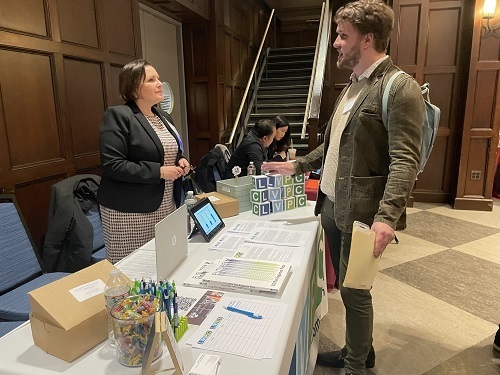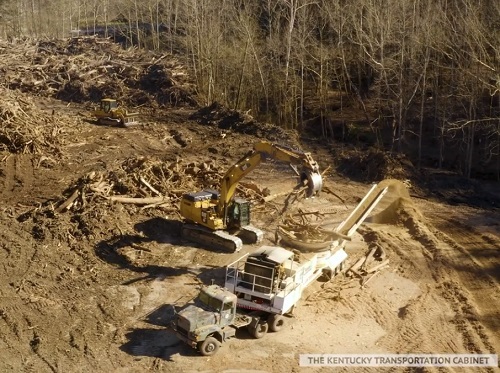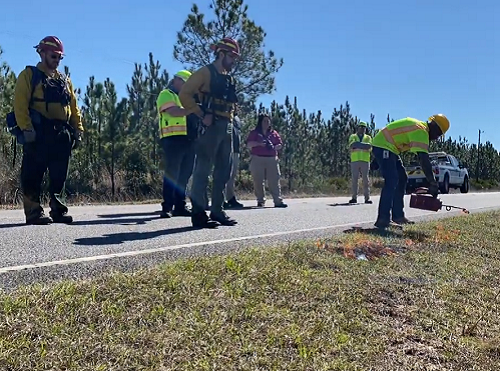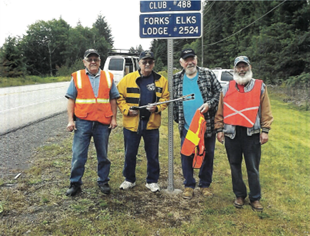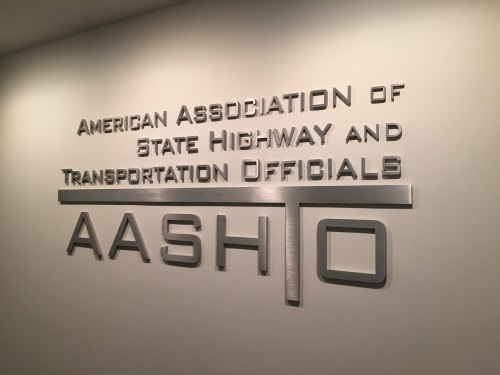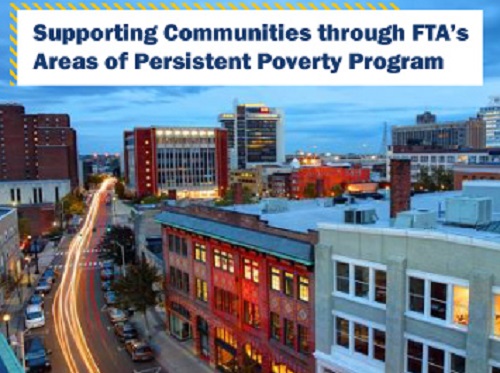A comment letter sent to the U.S. Department of Transportation on June 29 outlines how the American Association of State Highway and Transportation Officials and its members are working to advance equity, diversity, and inclusion or DEI protocols within the transportation industry – and recommended ways USDOT could support such DEI-focused efforts now and in the future.
[Above photo by AASHTO]
“In order to improve safety, mobility, and access for everyone, we are promoting diversity in all AASHTO activities and collaborating with traditional and non-traditional partners to support equity and social justice objectives,” AASHTO noted in its letter.
The foundation of the organization’s ongoing DEI initiatives is an “Equity Resolution” passed unanimously by the AASHTO Board of Directors in November 2020. That resolution affirms AASHTO’s commitment to anti-discrimination in the delivery of all programs and services. That “affirmation” included improving contracting and procurement practices to assist disadvantaged business enterprises or DBEs, focusing efforts on recruitment, promotion, and training so that the state departments of transportation can “better reflect the communities they serve” while also ensuring establishment of inclusive workplaces.
To implement the Equity Resolution, AASHTO developed a multimodal, multidisciplinary Equity Task Force that has provided equity resources and information to state DOT executive leadership, developed partnerships with equity stakeholders, and obtained funding for equity research.
In 2023, the Task Force focused on improving internal and external state DOT equity communications; helping state DOTs develop diverse, inclusive, and equitable workforces, while also enhancing public engagement to improve transportation decision-making. The Task Force developed an Equity Communications Work Group – consisting of equity and communications staff within the state DOTs – to assist states with internal and external equity communications and messaging.
That Work Group is developing the Task Force’s web presence, collecting successful practices for making intentional choices to use inclusive communications in language, style guides, images and media, and then developing model language and templates for strategic internal and external agency communications. Additionally, the Task Force is working with the AASHTO Subcommittee on Transportation Workforce Management Subcommittee and the AASHTO Committee on Human Resources to collect and share successful strategies to improve recruitment, hiring, promotion, training, leadership development and retention of—and support for—a workforce at all levels that reflect the communities served by the state DOTs.
AASHTO noted in its letter that all of the information being collected will be integrated into a new Transportation Workforce Management Playbook – a publication currently under development – to ensure that equity is a key component of transportation workforce planning and management. The Task Force will also partner with the AASHTO Committees on Planning, Environment, Civil Rights, and others, as well as external stakeholders, to collect and compile effective public engagement practices in underserved and marginalized communities. That includes practices related to developing ongoing community and stakeholder relationships, as well as developing community partnering agreements for all stages of a particular transportation project or program.
The organization also noted in its letter that USDOT’s “Power of Community” focus area directly aligns with the AASHTO Equity Resolution, and also can help advance equity at the local level. AASHTO also recommended that USDOT consider ways to support broader community engagement on transportation related priorities and needs – particularly on long-term relationship building and partnerships, especially in underserved and marginalized communities.
“Such an expanded approach will support increased and more active participation of underserved and marginalized populations, which may not have the tools, resources and/or ability to have a voice in decisions that impact their communities,” AASHTO said. “USDOT should further support these efforts through increased funding flexibility for long-term public community engagement and partnerships.”
That includes tapping into specific equity-focused datasets, said AASHTO, such as United for ALICE – short for “Asset Limited, Income Constrained, Employed” – data, which looks at employed community members that are unable to afford housing, child care, food, transportation, health care and technology.
AASHTO also recommended that USDOT explore using “County Health Rankings and Roadmaps” datasets, which support community-based efforts to improve health equity. That group’s 2023 National Findings Report explores several measures related to civic infrastructure and census participation across the country. This report could be used to enhance USDOT’s Equitable Transportation Community or ETC Explorer Tool as well, AASHTO said.
Finally, the Washington State Department of Health created the Washington Environmental Health Disparities or EHD Map Tool; an interactive mapping program that compares demographic and ecological data in communities across the state to identify environmental health disparities.
That map program provides insight into where public investments may be prioritized to mitigate environmental health impacts. USDOT could use the EHD Map Tool to update and enhance its environmental justice screening and mapping or EJScreen tool.
AASHTO also suggested that USDOT provide guidance to state DOTs regarding which tools should be used for various transportation planning, programming and project evaluation efforts. That guidance should outline the circumstances for appropriate use of the USDOT ETC Explorer, the Climate and Economic Justice Screening Tool, the Transportation Disadvantaged Census Tracts Tool, the Electric Vehicle Charging Justice40 Map, the EJScreen, and other relevant tools.
For example, AASHTO noted that Washington State’s EHD Map Tool provides example of how federal agencies can partner with state agencies in using local tools to supplement nationwide demographic tools and more accurately identify and address disparities in the health sector and beyond. For instance, using such “local tools” to enhance the Four Factor Analysis could provide more accurate identification of Limited English Proficiency or LEP populations, which would better allow important documents to be translated and better support public engagement.

